Mushroom Protocol 06
Sony Nex vg-10, 28mm f/2.5
Introduction
Dear Citizens of the Hive
Welcome to Mushroom Protocol 06. This posts covers two walks I had. The first, shortly before a sunset. It gave me a lot of energy, like fuel that nourishes the spirit. It felt like an elevating sensation of inhaling super natural power from all the terpenes that trees emit. I just love that fresh pine scent. It's not just the aroma, but the rejuvenating biophilia effect of walking in a forest that feels like trees give us so many indescribably good vibes. On the second walk, I went for a longer walk to see the biggest Oak in Zürich.
First Walk
Off this path I came across some pink saprophytic mushrooms.
Any guesses for #1 in the comments?
After that I came across a really strange hairy mushroom.
Any guesses for #2 in the comments?
Stepping through another sea of bramble-berry bushes, I arrived to different parts of the forest once more.
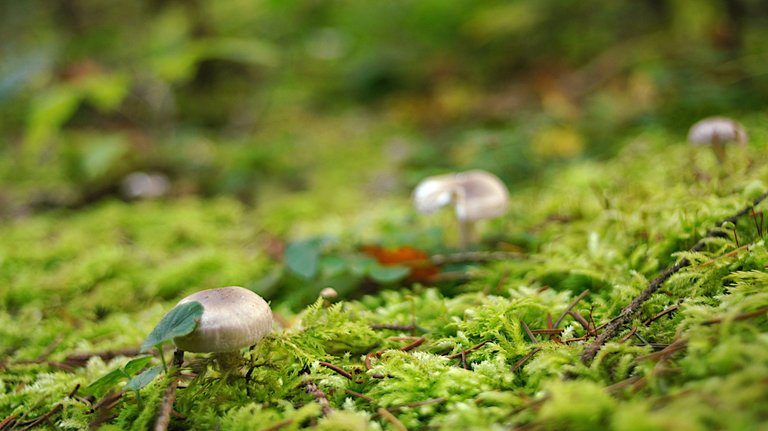
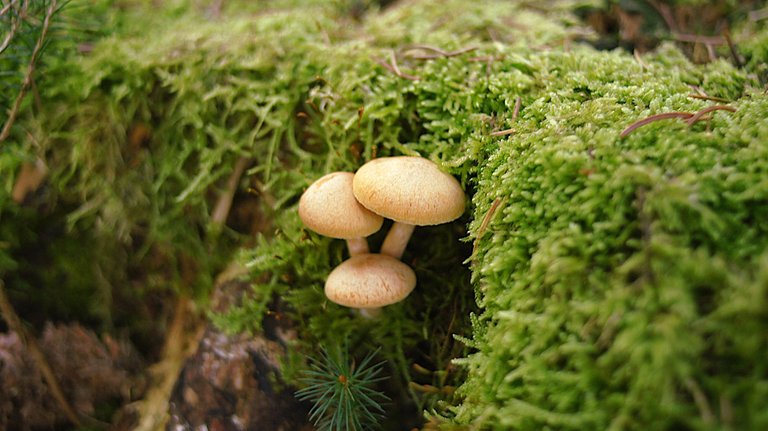
At times certain soil makes me wonder how acidic they might be and about the rhizosphere beneath and the mycobiome.
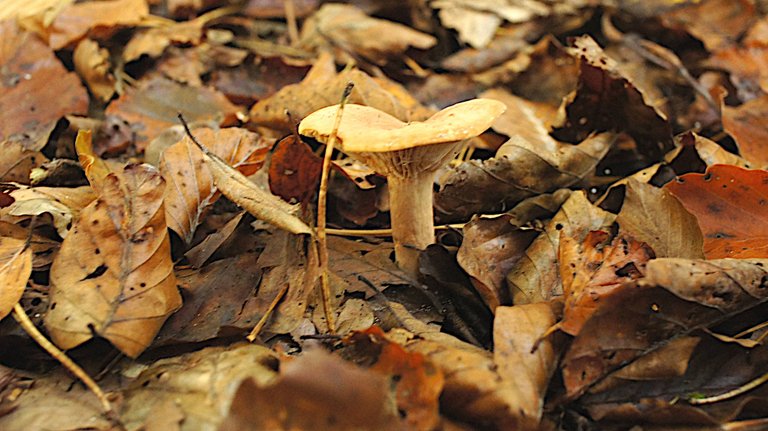
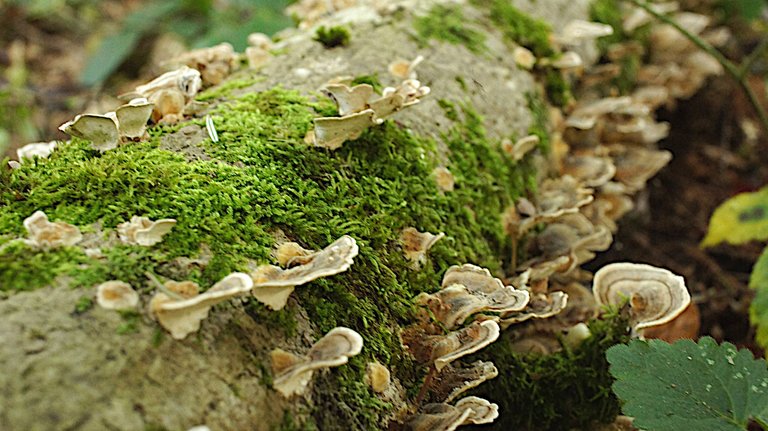

I came out the other side.
I guess I had to turn back now, as it was going to get dark soon.
Second Walk
As I mentioned in one of my previous posts, the code of arms in the town I'm form is a unicorn.

I get it, Shinobis and Unicorns...Trust me! they don't exist ;)
The place actually had an old Roman Fort with knights that carried this code of arms. The town still maintained it as their code of arms to date. They just changed it up a bit to make it look more modern than the original.

Just to give you a little idea, I took a maps screenshot of three forests that are next to each other, separated by two roads. Basically, one can walk approximately 7 km through just forest, cross only one small road and then reach the largest Oak tree in Zürich. On my way there, I also decided to go off forest foot paths, taking detours through the bushes. I embarked on this journey with @tandava.
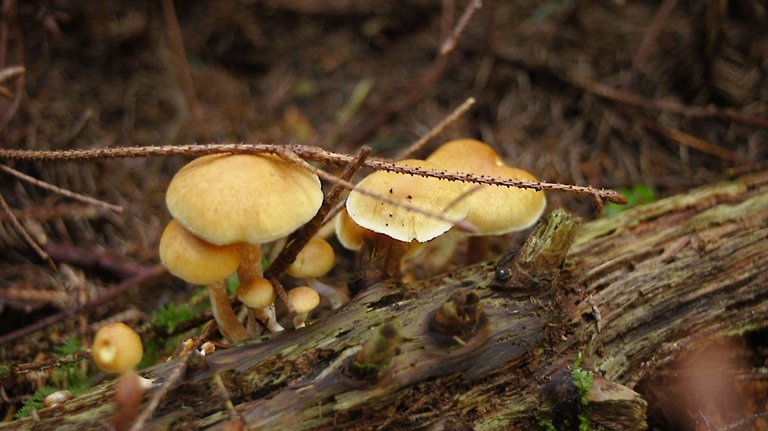
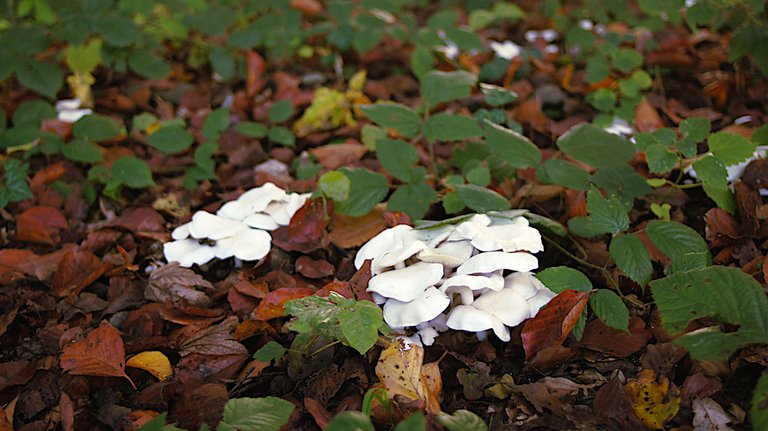
At times some biomes feel to me like alien planets. I haven't been on any in my waking states, but I travelled to so many places on our planet, that even within a local forest one can find strange vegetation. Specially when rich in ferns, confer forests really energise me in all sorts of ways, specially visually. It's like the green color soothes my heart. Every season has it's air quality. I wonder how far through space all this biological material must have travelled on meteorites in the form or cryogenically frozen organic molecules to reach here. Also from what strange planets they must have originated. Panspermia, my microbial host epiorganisms.
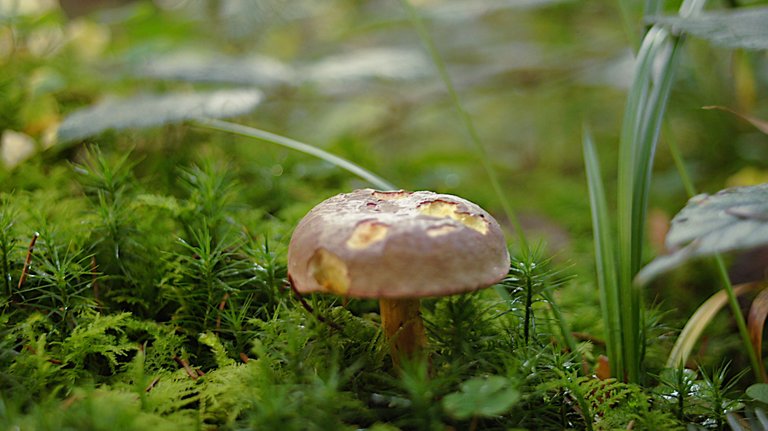
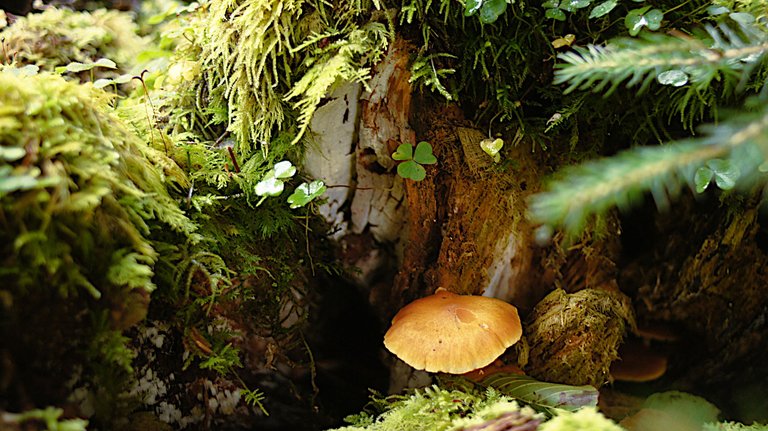
Any guesses for #11 in the comments?
In the middle of a big chunk of forest off path we encountered a hunting scaffold camouflaged between two very dense patches of these woods.
Any guesses for #12 in the comments?
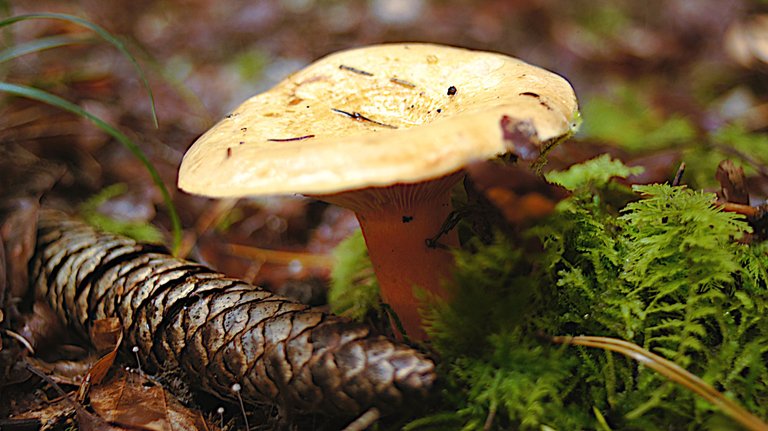
Interesting what one finds in the middle of a forest. A home, specially build for bees.
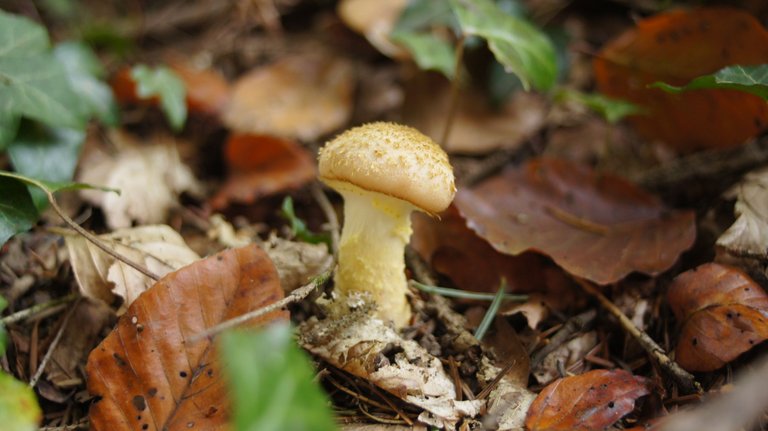
Recap
In my previous post Mushroom Protocol 05 , we went over 3 mushrooms.
Namely:
- The Armilliria ostoyae, Dark Honey Fungus
- The Laccaria Amethystina, amethyst deceiver
- The Omphalotus illudens, eastern jack-o'lantern
So far we covered:
- The Scleroderma citrinum or earthball
- The Craterellus cornucopioides or horn of plenty
- The lycoperdon or puffball
- The Boletus calopus, bitter beech bolete or scarlet-stemmed bolete
- The Hygrocybe punicea, Crimson or waxycap
- The Hypholoma fasciculare, sulphur tuft
- The Hericium Erinaceus, Lion's Mane
- The Gyroporus castaneus, chestnut bolete
- The Stabilomyces Stabilaceus, old man of the woods
- The Hydnum repandum, hedgehog mushroom
- The Hericium Erinaceus, Lion's Mane
- The Coprinopsis atramentaria, ink cap
- The Hericium cirrhatum, tiered tooth fungus
- The Clitocybe nuda, wood blewit
- The Armilliria ostoyae, Dark Honey Fungus
- The Laccaria Amethystina, amethyst deceiver
- The Omphalotus illudens, eastern jack-o'lantern
While identifying mushrooms one should be very careful and consult the advice of a specialist. Mushrooms that aren't identified properly and ingested can cause intestinal stress, could be very toxic or even poisonous. In some cases they can even cause death. This blog content is only for personal and educational purposes and not a guide on mushroom picking.
Mushrooms
Last time we covered the armallaria ostoyae aka Dark Honey Fungus. Known as the biggest organism on earth, I really like it's taste when consumed quite young. Of course after cooking.
Clitocybe nebularis, Clouded Agaric
This mushroom smells very intense and I would actually refrain from eating it when I smell it. Although I really must say the acquired taste is very special. I made a sunflower cream, white wine sauce with carrots and thyme. Note: I only take a few for the taste. Too many can upset the stomach.
| Class | Agaricomycetes |
| Division | Basidiomycota |
| Family | Tricholomataceae |
| Order | Agaricales |
| Scientific Name | Clitocybe Nebularis |
| Common Name | clouded agaric or cloud funnel |
| Appearence | Convex or conical at first, the caps of this large mushroom take up to a month to expand fully. Eventually they flatten out and often become slightly funnel-shaped with a wavy margin which usually remains downturned or even slightly inrolled. When fully expanded, caps of the Clouded Funnel range from 6 to 20cm in diameter and are grey, often with a cloud-like pattern in the central region. The surface is often covered with a pale felt-like bloom. The gills are white becoming pale cream with age, the crowded gills of Clitocybe nebularis are adnate or slightly decurrent to the stem. the stem can get 2 to 3cm in diameter and with a swollen base, the solid stem of the Clouded Funnel is 6 to 12cm tall, smooth and slightly paler than the cap. Source |
| Type | Mycorrhizal |
| Odeur | Sweet fruity smell (although some people detect an odour of turnip) |
| Culinary | Only 2-3 are enough. Taste is not everyones Make sure to cook in water and remove water |
| Habitat | Smells like anis. Cook well before eating. Not for everyone. |
| Taste | Almost reddish like. |
| Medicinal properties | Current knowledge of the medicinal properties of Basidiomycetes mushroom species of the genus Clitocybe and of the biological activity of C. nebularis fruiting bodies is reviewed. The main focus is the therapeutic potential of lectins from C. nebularis. Species of the genus Clitocybe, including C. nebularis, have not been traditionally considered as medicinal mushrooms; however, recent studies have demonstrated their antitumor, immunomodulatory, and antioxidative properties, their antimicrobial (antiviral, antibacterial, and antifungal) activities against various bacteria and fungi, as well as their potential use in therapy for alcoholism and as psychotropic agents. These activities have been shown to be due to various compounds, either isolated or in extracts, mainly polysaccharides but also phenols, ribonucleosides, and proteins. These include laccase, protease inhibitors, and lectins. C. nebularis has been shown to be rich in a variety of lectins and isolectins with distinct carbohydrate-binding specificities, showing versatile biological activities. They exhibit immunostimulatory and adhesion-/phagocytosis-promoting properties, as well as toxicity in various invertebrates. Mushroom species of the genus Clitocybe, including C. nebularis, thus constitute a valuable source of compounds showing diverse biological activities with a broad potential for applications in biomedicine or biotechnology. On the basis of such evidence reviewed here, we propose that C. nebularis and other Clitocybe species can be considered to be medicinal mushrooms. Source
Anti-oxidant Most people can eat cloud funnel with no trouble, though a large minority cannot. Even stranger, descriptions of both the taste and the scent vary from very positive to very negative, apparently because of variations among humans, not variations among the mushroom[vi]. There is some precedent; cilantro famously tastes like soap to people with a specific genetic difference. For those who can eat cloud funnel safely and do like it, its most obvious benefit is excellent taste. Nutritional information is not readily available, though most edible mushrooms are healthy. The species is not a traditional medicinal, but chemical studies of the mushroom have found a number of substances known to have medicinal potential. Preliminary research on the species suggests the following benefits[vii]: * Anti-tumor effects * Antimicrobial effects * Immunomodulatory properties * Immunostimulatory properties * Anti-oxidative properties * Use in treatment for alcoholism * Use as an insecticide It’s worth pointing out that a mushroom’s status as a source of medicinal substances does not always indicate that eating the mushroom is also medicinal. Sometimes the dose available is just too low except in a concentrated extract. In any case, this species has not been extensively tested in humans yet. Source |

Amanita Muscaria, Fly Agaric
Some of us know that Santas elf or gnome helpers seem to have been under the influence of this mushroom. We are not talking about magic mushrooms here. I was always curious of the effects of this mushroom, but I don't think it's a good idea to ingest it. I'd be glad for anyones experience with this, as I would never dare to try.
| Class | Agaricomycetes |
| Family | Amanitaceae |
| Order | Agaricales |
| Division | Basidiomycota |
| Scientific Name | Amanita muscaria |
| Common Name | fly agaric |
| Appearence | The cap of Amanita muscaria ranges from 10 to 20cm diameter at maturity; red or occasionally orange (and very rarely a white form is seen: it does not have red spots, although some picture-book Fly Agarics are depicted in this way!). Caps usually flatten or even become slightly concave when fully developed, but occasionally the Fly Agaric remains broadly convex. Caps of the Fly Agaric usually retain irregular, white fragments of the universal veil, but in wet weather they can wash off even while the caps are young and domed - as see on the left. In all but the driest of weather, Amanita muscaria caps flatten at maturity. When damaged, the flesh just below the pellicle (the skin of the cap) of a Fly Agaric is initially white but soon turns yellow on exposure to air.Source |
| Habitat | In common with most Amanita species, and with all common amanitas that occur in Britain, Amanita muscaria is ectomycorrhizal. The Fly Agaric forms mycorrhizal associations with a range of hardwood and softwood trees, notably birches, pines and spruces.Source |
| Type | Mycorrhizal |
| Odeur | Not distinctive |
| Culinary | inedible |

Pholiota squarrosa, shaggy scalycap
| Class | Agaricomycetes |
| Division | Basidiomycota |
| Order | Agaricales |
| Family | Strophariaceae |
| Genus | Pholiota |
| Scientific Name | Pholiota squarrosa |
| Common Name | shaggy scalycap |
| Appearence | Caps of Pholiota squarrosa are 4 to 12cm in diameter; yellow-ochre or straw-yellow; covered in upturned triangular brown scales in more or less concentric rings.Convex at first, the caps flatten with age but retain an in-rolled margin.The cap flesh is very pale yellow, and it is quite firm. The gills crowded and adnate. They appear are pale greyish yellow at first, becoming cinnamon as the spores mature. The stem is 7 to 15mm in diameter and 6 to 15cm tall. It has a distinctly scaly ring below which it is covered in scales very similar to those on the cap. The upper section of the stem above the ring is paler and smooth. A cortina-like veil covers the young gills Source |
| Habitat | Typically they grow on alkaline soil particularly around Beech trees. Saprobic or possibly weakly parasitic; In small clusters at the base of stumps or standing living or dead broad-leaf trees, particularly beech; also occasionally at the base of conifer stumps.Source |
| Odeur | Smells and tastes like radish (a slightly bitter taste). |
| Culinary | Anis taste. Nice when fried. Poeple compare it to chicken when marinaded with the right spices |
| Medicinal Properties | Antitumor effects Polysaccharides extracted from the mycelial culture of P. adiposa and administered intraperitoneally into white mice at a dosage of 300 mg/kg inhibited the growth of Sarcoma 180 and Ehrlich solid cancers by 70% and 60%, respectively (Ohtsuka et al., 1973). The antitumor potential of P. adiposa was later corroborated in a Korean study using an antitumor screening test involving Sarcoma 180 cells transplanted into mice. Mice which were injected with a million Sarcoma 180 cells, and then one day later injected with the alcohol-precipitated polysaccharides from a hot-water extract of the fat Pholiota (at a dose of 20 mg/kg body weight per day for 10 days) had an inhibition ratio of 27.3%, compared to the mice that didn’t get the mushroom extract (Chung et al., 1982). Furthermore, it has been shown that treatment of Sarcoma 180 tumor-bearing mice with P. adiposa polysaccharides resulted in decreased tumor weights, increased carbon particle clearance and phagocytic indices, and significantly higher serum levels of TNF-α and IL-2, compared with untreated controls. The authors suggest that the anti-tumor activity of P. adiposa polysaccharide is related to immune system enhancement (Zhao et al., 2007) Antimicrobial effects The 60% methanolic extract of Pholiota adiposa exhibited antimicrobial activity, shown by using both the disc-diffusion and broth dilution methods (Dulger et al., 2004). Specifically, the extract (at 25 mg/ml) inhibited the growth of Bacillus subtilis (17.0/7.0/1.25), Escherichia coli (19.0/28.2/0.625), Klebsiella pneumonia (11.8/22.4/5.0), Staphylococcus aureus (18.6/19.8/1.25), Streptococcus pyogenes (11.0/18.0/2.5), and Mycobacteria smegmatis (20.4/16.0/0.625); the three numbers in parentheses indicate the zone of inhibition (mm), the zone of inhibition of the control antibiotic Gentamicin at 2 mg/ml, and the minimum inhibitory concentration (mg/ml). Antihypertensive effects Angiotensin I-converting enzyme (ACE) inhibitors have shown utility in relieving or preventing hypertension. P. adiposa was shown to inhibit angiotensin I-converting enzyme (ACE) (Izawa et al., 2006). Also, an ACE inhibitor, identified as a novel pentapeptide (amino acid sequence Gly-Glu-Gly-Gly-Pro) was isolated from the fruiting body of Pholiotoa adiposa. Maximal ACE inhibitory activity (IC50; 0.25 mg) was obtained with a protracted warm water extraction (30°C for 12h); after extensive purification, this activity increased to an IC50 of 0.044 mg (Koo et al., 2006). Researchers used a combination of the herb Lycii fructus and P. adiposa to produce a traditional Korean rice wine with antihypertensive properties (Kim et al., 2006). The addition of 1% L. fructus and 0.1% P. adiposa fruiting bodies into the mash prior to fermentation produced a wine which had an antihypertensive ACE inhibitory activity of 82%. Antihyperlipidemia Investigating the effect of a P. adiposa extract on fat mass in hyperlipidemic mice on a high-fat diet, one study concluded this mushroom may have potential for use as a functional food that can act as a prophylactic against hyperlipidemia. Although the extracts did not cause any significant change in the total triglyceride contents nor the epididymal fat mass, the retroperitoneal fat decreased significantly decreased in mice on the high-fat diet (Cho et al., 2006). Excessive retroperitoneal fat mass is typical in males with upper-body obesity (Arner, 1997). Source |
Conclusions
Most Fungi will become subject of philogenetic DNA sequencing and one might change their latin names over time. After chartering this forest extensively, I realise how little I know about the vastness of local forest biomes. Further exploring unchartered landscapes, I will try to take you on more such journeys. If you ever land up close to the airport in Zürich, this walk is literally around the corner. Unfortunately, there is although way too much annoying airplane traffic above certain parts of these forests.
Destination
Reaching the tree, it spans a circumference 6.2 Meters. This tree isn't just huge. It's as if you can feel it when you enter the forest. As if all the other surrounding trees are worshipping it.
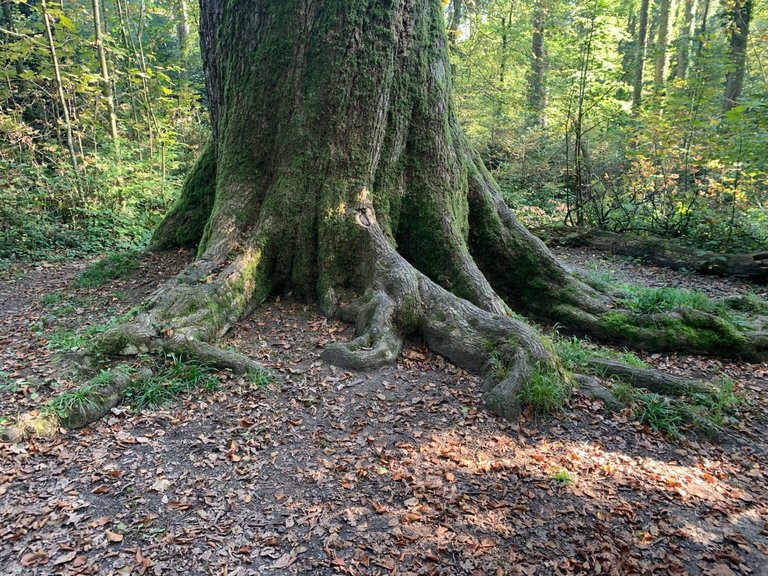
I wanted to make a separate post about this tree. So here are some Pictures I took when the sun already set.
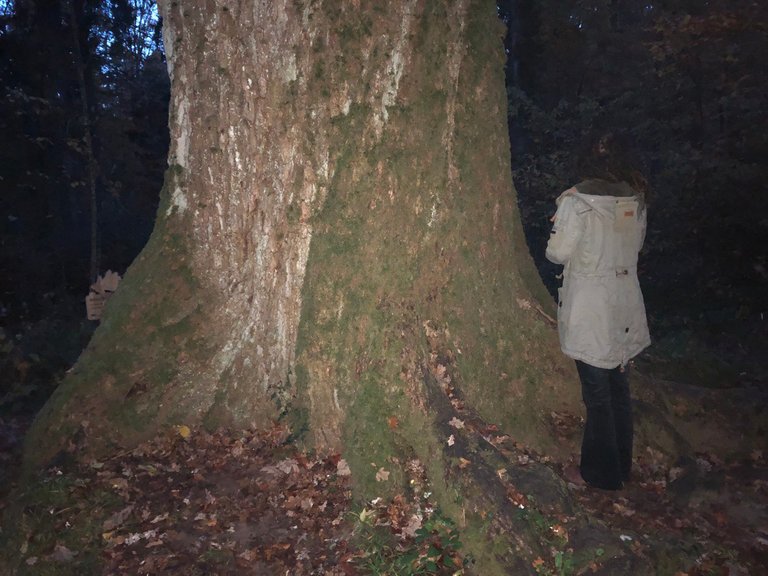
Thank you for reading
Best Wishes
Rane
Previous Posts on Mushrooms:

Posts about Wild Herbs:


Graffiti of vanishing
Dong Chang 东厂
aka Rane

Once darkness vanishes, something becomes visible. One must shed light on the unknown, while the known fades as ephemeral. If there is too much light it's all just white. So bright is the universe of the unknown to humans. Now is everything, yet what it morphs into is exotic, unchartered or nothing yet. Space is everything that can be created out of the void of emptiness. We can do the undone because the impossible is untried. Left behind, the now opens everything. -@yangyanje

Feel free to tip Wallets for support:
Bitcoin
3Mvofn1VynU168DuYtMsDqnUMSw7nQ8JEQ
Ethereum, XDAI, Polygon, Binance Smart Chain...: 0x0398edefB9d18A6a7c9fe573bdeedB7797283Ae5
Tezos:
tz1iSv5gWfPqUqaGChhfX8Vj3yquj36fad2Y
Cosmos:
cosmos1l66z8kxxgvftw7cprz5dlzvzm4tyefhrvm3w03
Solana:
9AmMfaerhNgsz2maByDUGrPMKYQRVeYQXJvCe9n48Fti
Terra
terra1ccka0wd9v9eva3y5ljmjne2nc823rggdect0wp






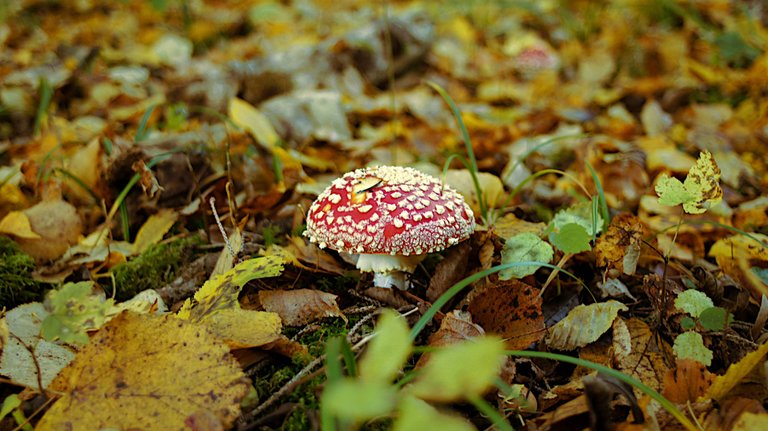
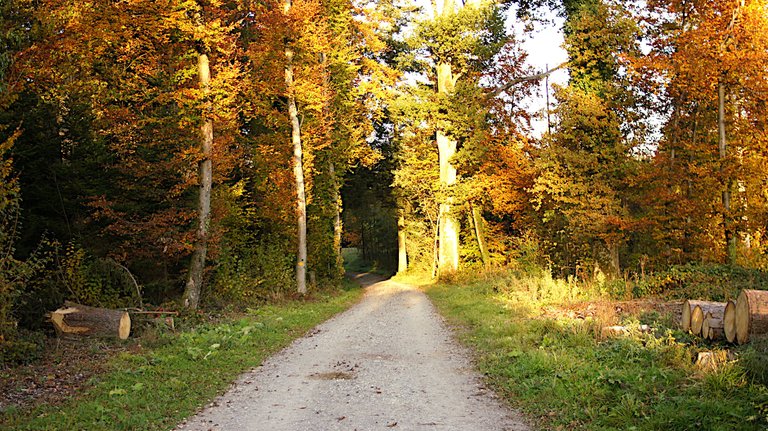
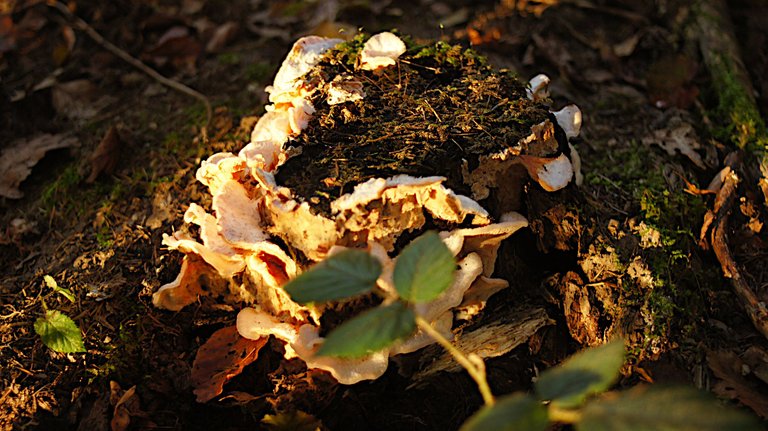
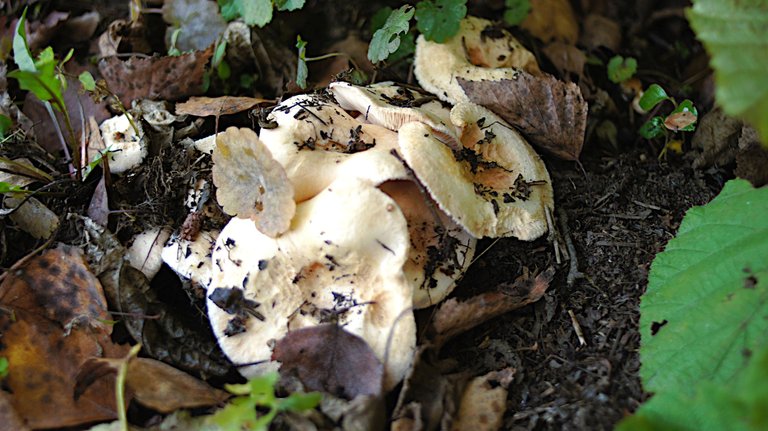
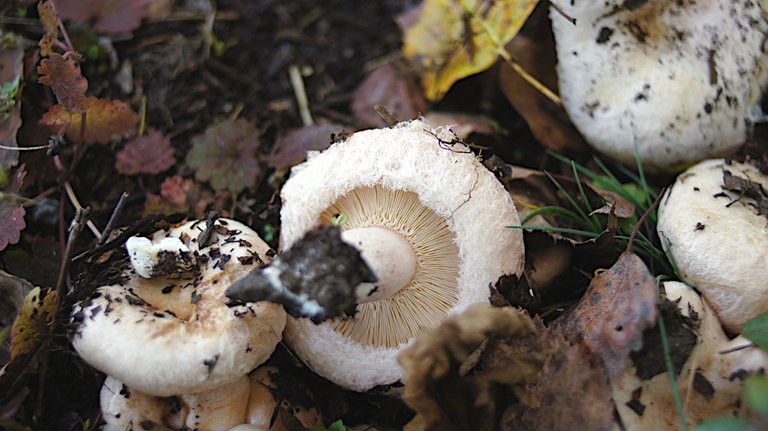


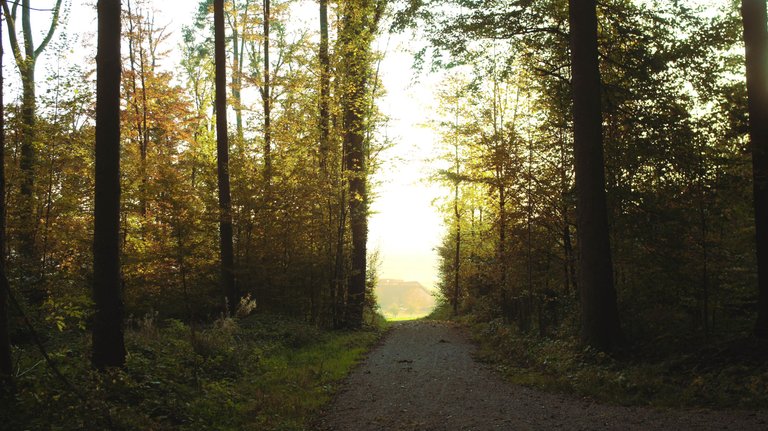
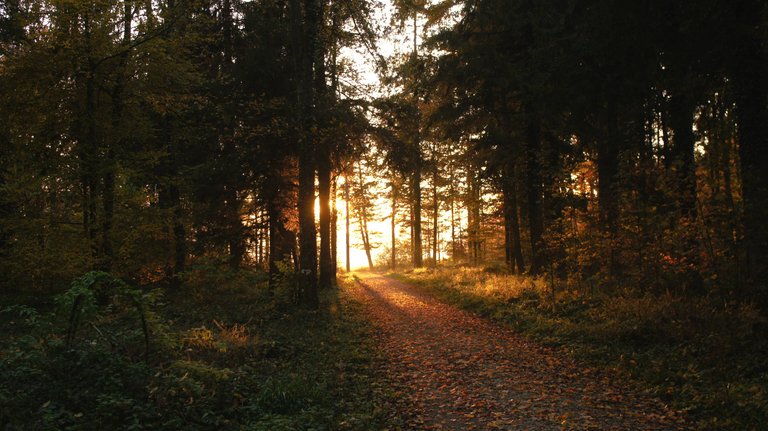
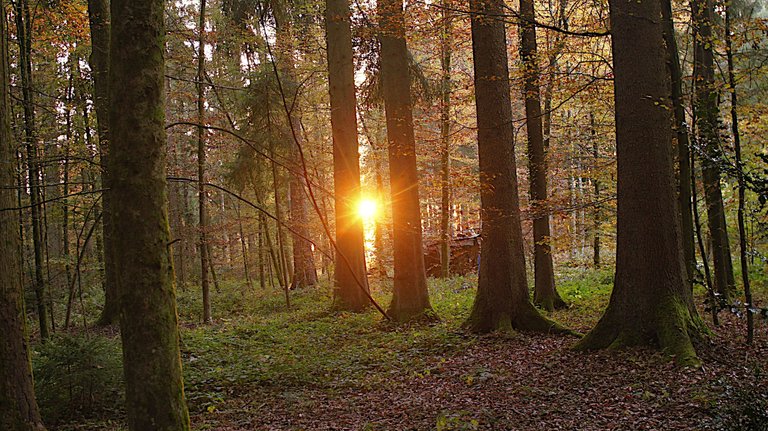
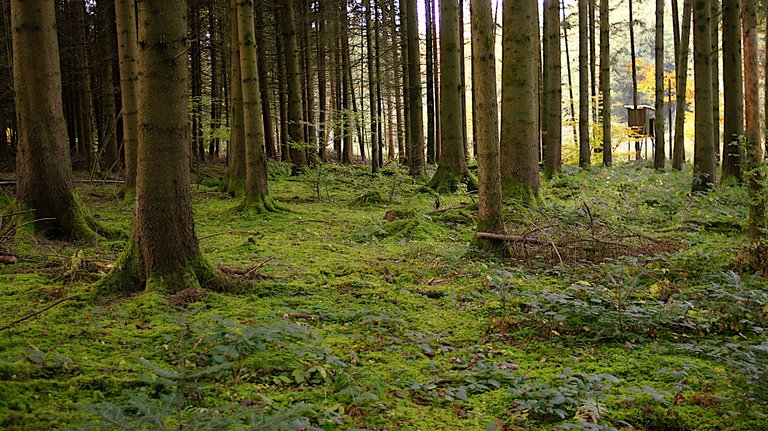
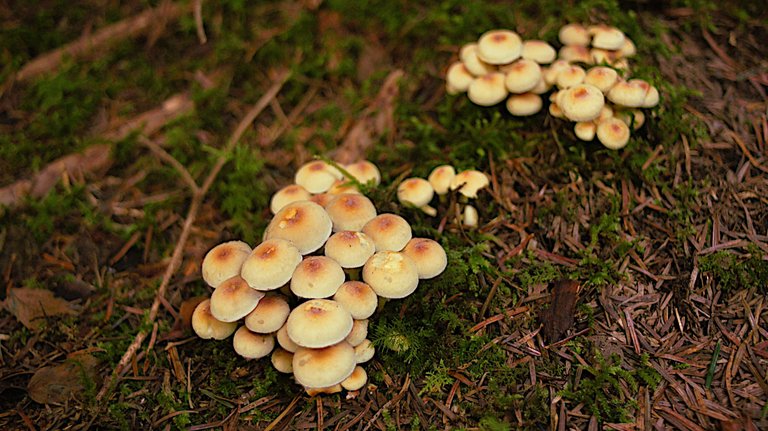
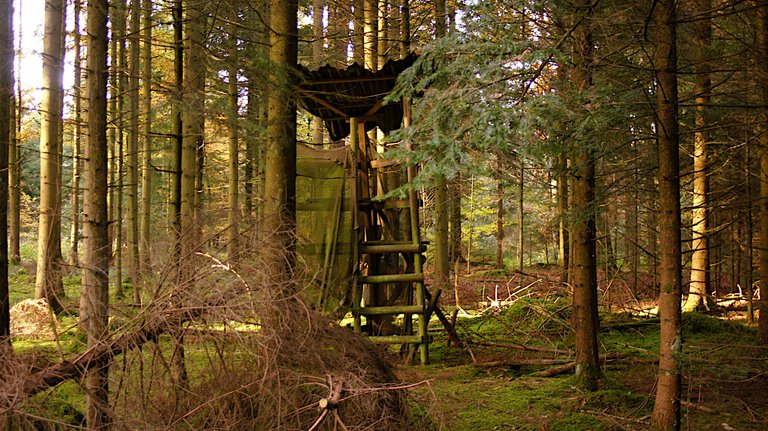
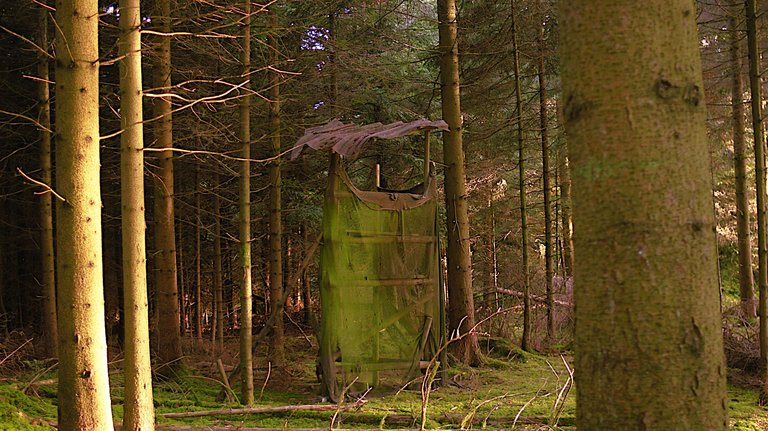
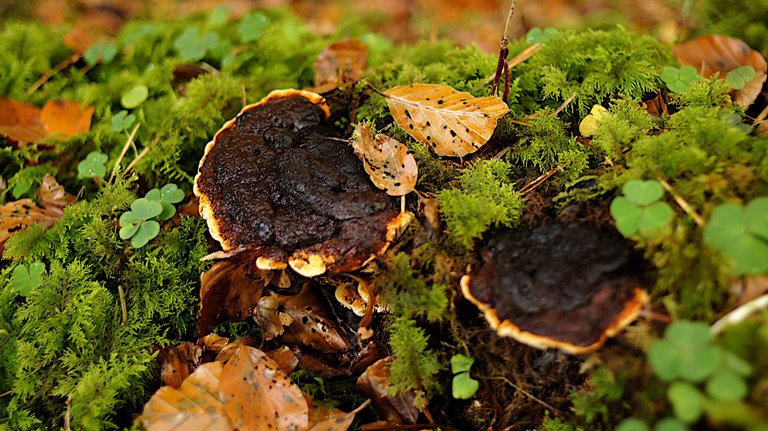
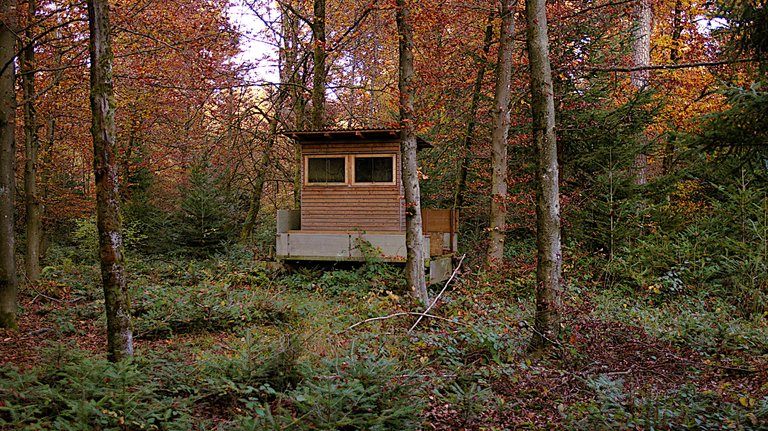
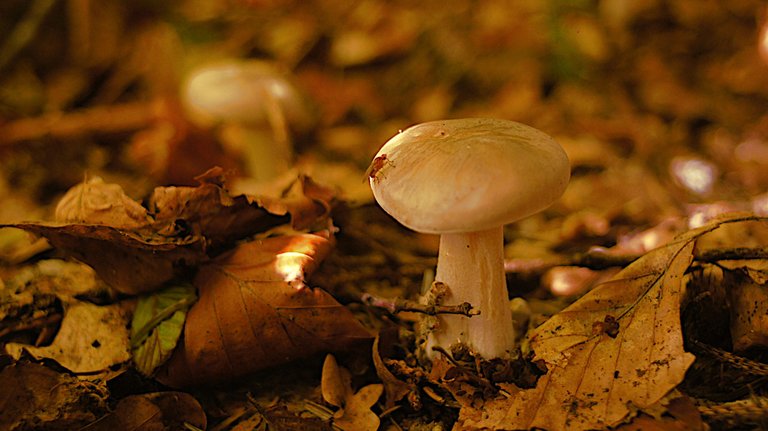
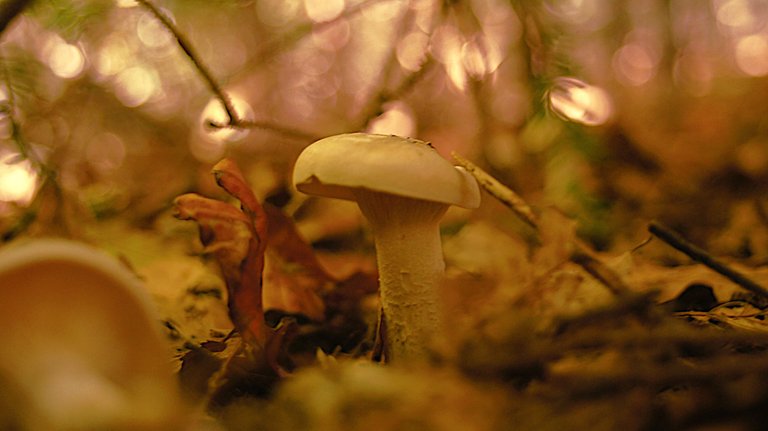

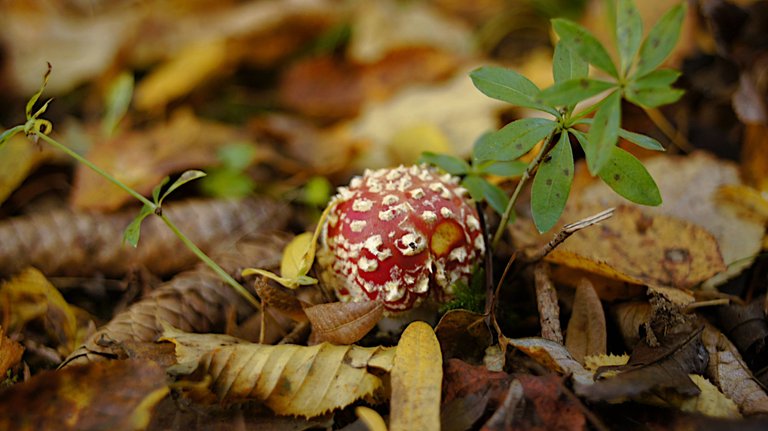

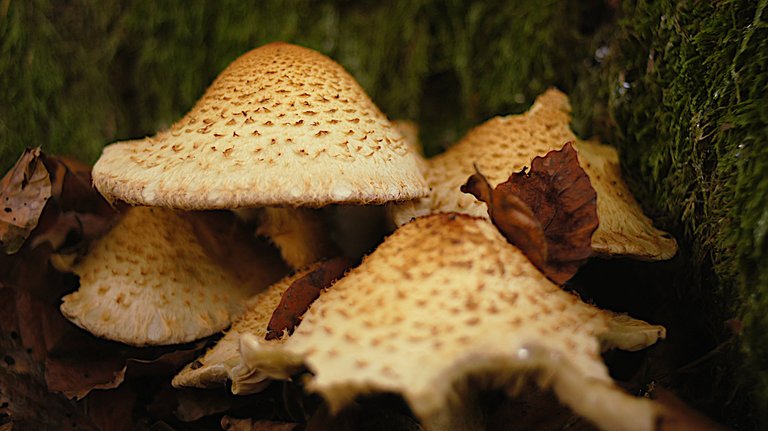
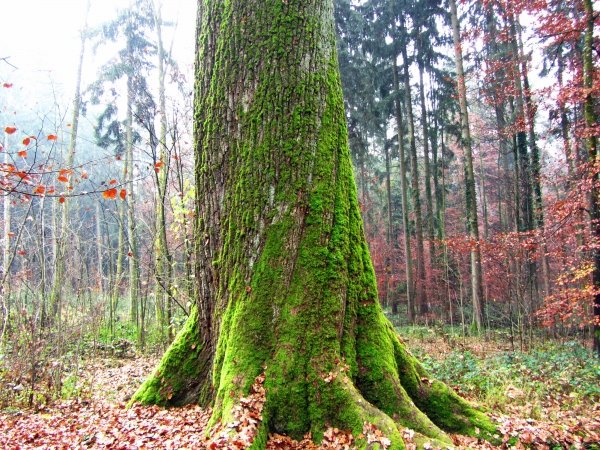
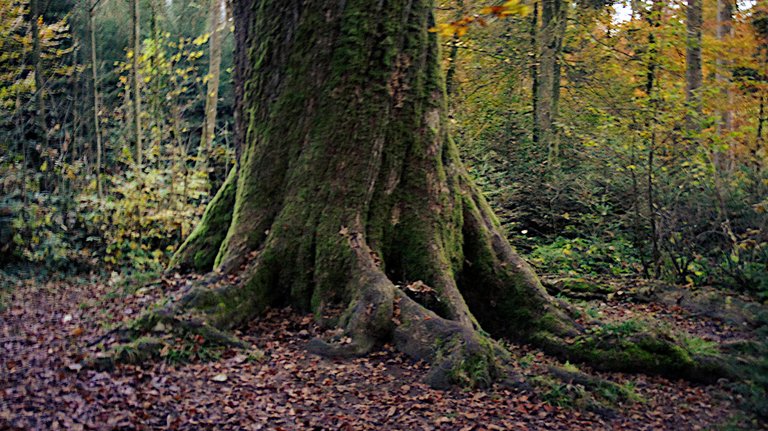
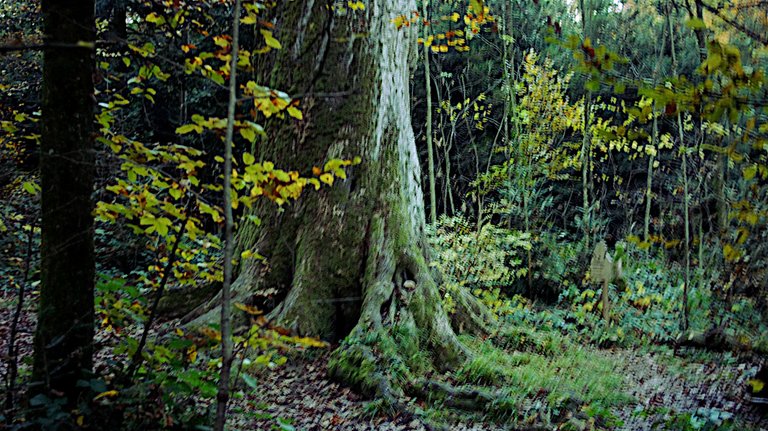
amanita <3
great post! :>
@tipu curate
Upvoted 👌 (Mana: 44/84) Liquid rewards.
very much agree. thanks for curation!
only one thing: the amanita muscaria is also edible if you know how to do it ;) ^^
this is knowledge that @bambuka and I try to share.
collected a small jar of dried red fly agarics to use this winter-spring. (well, not for making soupies or adding to my pasta... =)
#6 isch glaubs 🦋 ngstramete :)
Turkey tail. Die hend fresh usgseh. Recht im dicke Wald versteckt. Sind det echt durchs Gebüsch. Merci für de Kommentar. Het es paar meh welle bestimme. Hogfentlich findi bald es paar für de nechst. Freu mich uf eusi wanderig.
Turkey tail = Trametes. yes!
Well, this was so awesome! I didn't expect to find this when I came here, and I purposely did not answer as I am mostly a mushroom noob. Yes, I just made that up!
These are amazing shots and I bow down to your photography and your skills in identifying them.
Thank you so much!
Wow, what a kind comment. It's so nice of you stopping by. I was absent for a while, but I remembered your account and your poetry. Coming from someone with a talent like you, that means a lot to me. I didn't start with mushrooms that long ago, but I guess I say their latin names in my dreams. A very intimate connection.
this is not a problem at all! if you are new to it and uneducated, you definitely can rely on the stores, where you buy supplies! and come here just to enjoy the visuals and communication with other good Hiveans 😎 here is a hot slice of mushroom !PIZZA to you, Denise.
Hehe!! Thank you so much! When I was young, my great-grandmother what take us into the woods and she would forage. I always thought it was such a gift. But she left too early for me to learn much and my mother had nine children so she did not have time to play in the woods that she would tell my great-grandmother. LOL long story short it was a missed opportunity but I have always remembered and loved that. My dad is good though but he only knew and few and those are the only ones who would pick of course. I do enjoy reading your post and many from the community so I hope you don't mind I know really nothing but I do enjoy looking and yes. Mine come from the store because I like being alive. LOL thank you!
long story short -- any information is forgotten if you do not use it. in 8-10 years everything can (and will be) completely erased! my grandfather was from the village and he have taught me how to make fires. I have not lost this skill, and now I am trying to betray it further - to my daughter ...
Most excellent. Most everything that I learned from my grandparents and my parents I passed on to my children. Or really still teaching but it's amazing to see how many kids their age and older haven't a clue how to do anything on their own. They rely on buying it for somebody else to do it for them. Because I was not fully immersed in how to pick oh, my parents didn't want me going and I guess I understand that now and I'm okay with it but I still find it interesting. Good luck in passing on your skills. I think it's of the utmost importance.
That's very true. Even my parents grew up in this tin food generation. Still fighting my habits. I guess after the second world war and specially in the 70s, the FAO really got us dependent on their paradigm of unnatural food consumerism? We also gave all our trust to the state to run our affairs then, hence gave away responsibility. This not only coincides with the rise of certain chemical corporations, but also with the change of the monetary system during the removal of the gold standard by the Nixon administration. These Chemical companies started food divisions that did so good back then and are doing even better now. All this conditioning separated our relationship to natural foods. Things like starch became healthy. If we think we experienced some perennial inflation, wait for whats imminent. I believe there will be a huge rise in food prices. Specially natural foods. It's interesting how some knowledge has still managed to prevail and how older generations can still pass this on to us, because their grandparents didn't give in to this madness. Living off the fiscal budgeds and government subsidies, I really wonder how we consumers can also unknowingly support these companies. So much garbage food with coloring agents. Confectioners glazeResinous glaze made from bug poop, ice cream from Beaver anal glands, bubble gum from Sheep secretions, just to name a few. Many of us don't see that are feeding a huge structure of chemical companies and food corporations. Political lobbyism and media monopolies still controls the narrative for the majority. Finally removed from these tentacles, we are gladly experiencing a revolution since around ten years. Crypto is one of them and very related to this.
And thank you for the pizza!
always! 🍕 my pleasure. 😊
#1 - according your foto, it could be anything!
for identification purposes, you need to make a better and detailed photo, including all parts of mushroom
#2 - could be Lactárius résimus or other kind of milk-caps. did you check the cut, the color of the milk (if any)?..
#3 - Russula sp.
#4 - with no other characteristic features it could be anything!
#6 - Trametes sp.
why do you only ask, where are your guesses?.. 😥
thanx for sharing quality stuff, the post is supported by FL upvote and nominated for #OCD curation. if you like what community is about, please consider adding @hive-166168 as beneficiary of your posts -- lets grow together!
Fair point. Thank you for your comment. I was hoping someone would maybe recognise at least one. #3 I thought it was a Russula too, but I didn't know which Russula it was. To be honest I actually I had mostly no idea about the other mushrooms. From now on I shall add 50% beneficiary rewards for @hive-166168 . Much appreciation
there exist damn lot different Russula species (and I dont know and I do not distinguish myself more than 4-5, personally!), so if the 1st step is more or less confirmed, the next one is a little piece to bite to check if there is a bitter taste to it.. color of the stem, color of the cap (close-up) are important too. without this, how the magic identification by photo' can be performed at all?... ;)
when there are no fancy distinguishable features -- I am totally in the same boat as you! and have no idea.
ps. one of others you listed under question (kind of Boleto mushroom) may be a Xerócomus subtomentósus, or his close relative from said family...
nonono, that would be unfair!!! 5-6% would be much appreciated and suitable, no more please.
Thank you for sharing your valuable insights. I really appreciate this. I could not change the beneficiary rewards in this post, but I will do it from Mushroom Protocol 07 onwards. I did bite a piece and it had a sharp taste. More like a hot on the tongue. So I thought it must have been inedible. Learned the same at the association of mycological studies. It grew close to hazelnut trees. Also recognised it from the stem being similar to polystyrene.
Sometimes I get photos from friends and I always tell them I need a 360 degree look as it, smell it, feel it, maybe even break it.
The guessing made no sense. I don't know what I was thinking.
Correct. It was a Xerocomellus Crystenteron. Very close. Very common but the ones I found unfortunately all had worms. So no xerocomellus crysenteron for dinner that day.
Thank you as always for your kind support my friend.
ha! so you know that trick already ;))))
shrooms from this family are very soft (like all Boleto) - they easy and very fast become the harvest for worms, as my experience says. only very fresh ones, or ones that appear on a dry stony areas, can stand for a while without being infected with worms.
exactly so! I made last summer a picture about taking pics for identifying purposes (planned a very long how-to post... but still did nothing!)
feel free to use in your posts, if you'd feel you need it, just credit me.
PIZZA Holders sent $PIZZA tips in this post's comments:
@qwerrie(1/10) tipped @dswigle (x1)
Learn more at https://hive.pizza.
Not only do the fungi delight me, but words like 'mycobiome' and 'rhyzosphere' -
Been studying this myself of late - so uber fascinating.
As usual, a real pleasure to read...
How do you do this? I feel so understood by you. Crazy to imagines such an organism, right? Thanks so much for leaving a comment. I saw your recent posts and i'm very excited about it. Sometimes I have to check if I can actually write it like that. It usually just flows like a river... Much love my friend.
No.6 looks like Turkey Tail to me, wow that would be pretty awesome to find, it is one powerful mushroom, but to be honest all mushrooms are pretty powerful. Thanks for taking us on this walk with you, I am always blown away by the abundance you find. And that tree, wow.
I really love to learn about the different healing properties of mushrooms and I do believe that they will be so valuable in helping us get through these times in so many different ways.
love @trucklife-family xxxx
You've been curated by @theherbalhive on behalf of The Herbal Hive.We support any content related to herbalism, from stories about your relationship with medicinal plants, to wildcrafting, foraging, ethnobotany, plant spirituality & herbs as nourishment, as well as the use of natural products to create medicines such as salves and tinctures. Use the tag #theherbalhive or post from our community!
Community II Delegate II Curation TrailII Discord
Aishlinn! It's nice to you visited this post. Very true. Apparently its quite common here. I have yet to process the tea myself, but i should harvest one soon. It's very common around these forests. @sandymeyer actually gave me some turkey tail he processed. I occasionally have it with sage. Actually now would be great. Its super vitalizing but relaxing at the same time. Did you know that all of you, @riverflows and @naturalmedicine, the lotus community amongst some users really drive my passion for plant medicine and mycological studies? Trametes versicolor is a very powerful mushroom. So true. I wonder how over processing might affect it's prebiotic efficacy. I always think about that and search for ways to cook mushrooms less or possibly have some raw if i can. I imagine their bioavailable properties to retain their activity. Amongst other polypore and saprophytic fungi, the medicinal properties of such mushrooms are still highly underrated. Also others that usually grow on dead tree trunks. You are right. We are truly experiencing a fungi revolution worldwide. Not just thanks to mycologists like paul stamets, but countless others like him along with ancient knowledge from especially chinese medicine. Newer studies conducted on humans over longer periods yielded results that are hard to ignore. Not only counting in phylogenetic data sequencing that tell us much more about all the different families and divisions of substrates. I think the pharma lobby is in for a surprise thanks to systems biology and mycology, considering that the study into enterotypes shows how inefficient and detrimental conventional pharmacology is in comparison. Especially phenotype to a whole organism and our symbiotic relationship to microbiota as an epiorganism. Everything will completely change from the redundant age of penicillin. Btw. Happy new moon this Saturday. In India we celebrate a the festival of lights and it happens to be the darkest night of the year.
Man that was some thorough shit!! Awesome!
Yo my musical soulbrotha! Thanks for stopping by and dropping a comment. Always much appreciated.
Wow, I'm always mesmerised by the beauty of mother nature. Very lovely these pictures of all those different mushrooms. And I really love the oak tree, what a majestic presence it is. 🌳🍁 I definitely want to visit it as well. Do you know how old it is?
@ceciliad.art thank you for stopping by and leaving a comment. Did a piece on how far science is today to prove how trees can heal, sense and respond to their surroundings. Tree hugging makes so much more sense to me now. The oak tree is around 400 years old. I want to go back and visit it again very soon. It's truly magical.
Great, have to look at that piece. And yes tree hugging feels so healing and grounding. Wow 400 years old, that's so fascinating. I totally believe that is magical, I'm looking forward to seeing it. 🌳🍃
You did a great job collecting all this stuff, which would be enough for a few posts. I am impressed )
Let me make a few suggestions about mushroom photography. Of course, one photo is not enough for accurate identification, so only assumptions
No. 2 looks like a white milk mushroom (Lactárius résimus)
No. 5, 13 may be mushrooms (Lactarius deterrimus)
6 turkey tail (Trametes Versicolor)
No. 8 white row (Tricholoma album; radovka-belaa) white knight))
And of course I'm impressed with this oak tree. Unfortunately, there are few such trees left in Europe.
Have a good weekend
Amanita Muscaria, Fly Agaric
Don't eat raw or fresh ,.. dry to make edible ,. to not puke from it .
Eat dried as a spicy snack , pull a tasty thee ,.. dehydrate and use in cooking .
Gives vitamin D , inflammation reduction , pain release ,. and a clear mind in a good way .
:-)
What a coincidence. I just did that. You are right. I am convinced.
Fresh they can be made in to a alcohol tincture .
Half water , half 96% clean moonshine and stuff it with shrooms .
Leave for 3 weeks at least , drain the liquid true a cloth .
Never drink more then 3 drops , for external use only to reduce inner pain .
For medicinal use only .
Did it with dried ones ,.. it made a spicy reddish strong drink ,.. with some side effects to it .
;-)